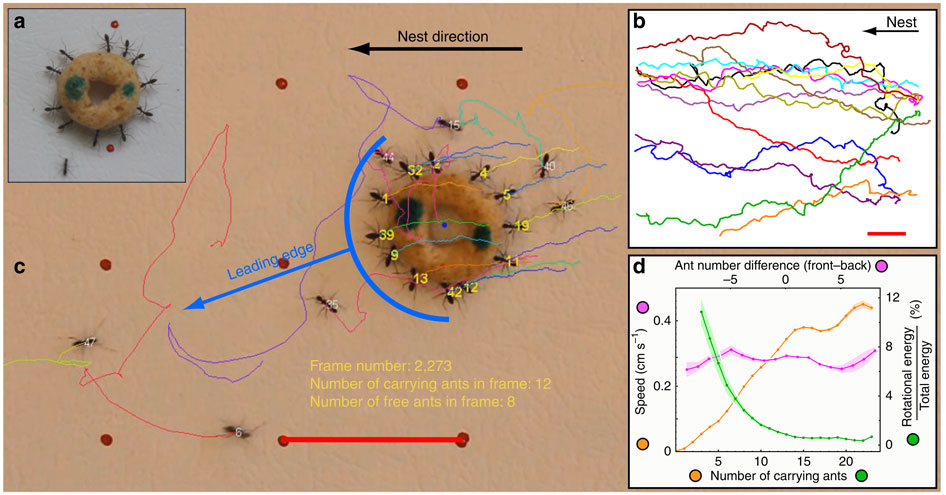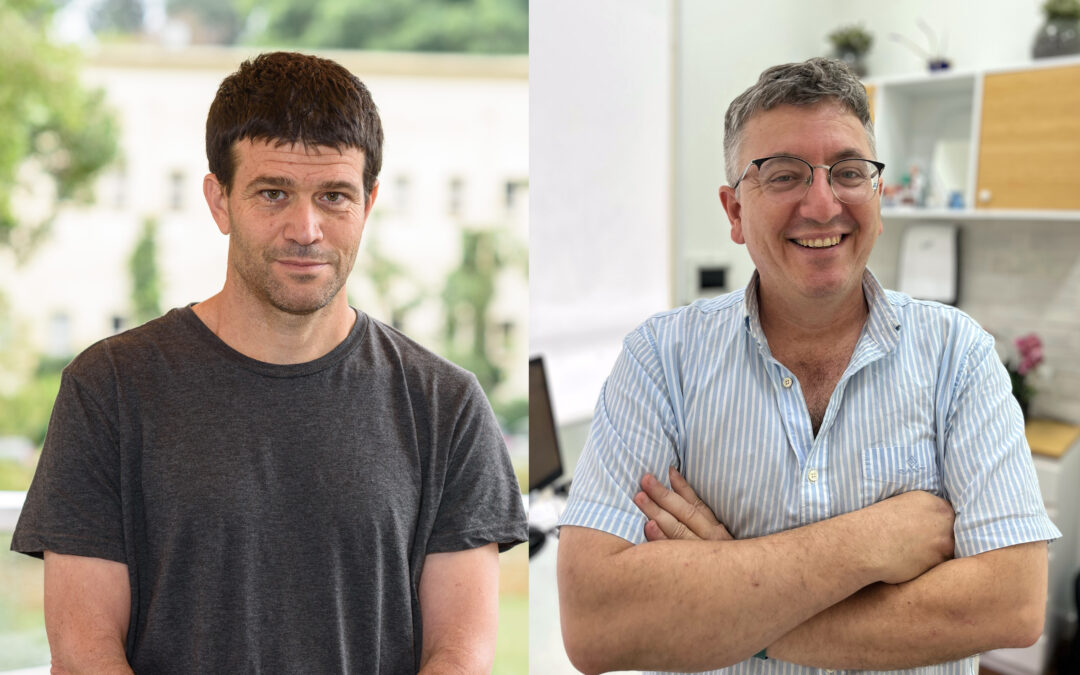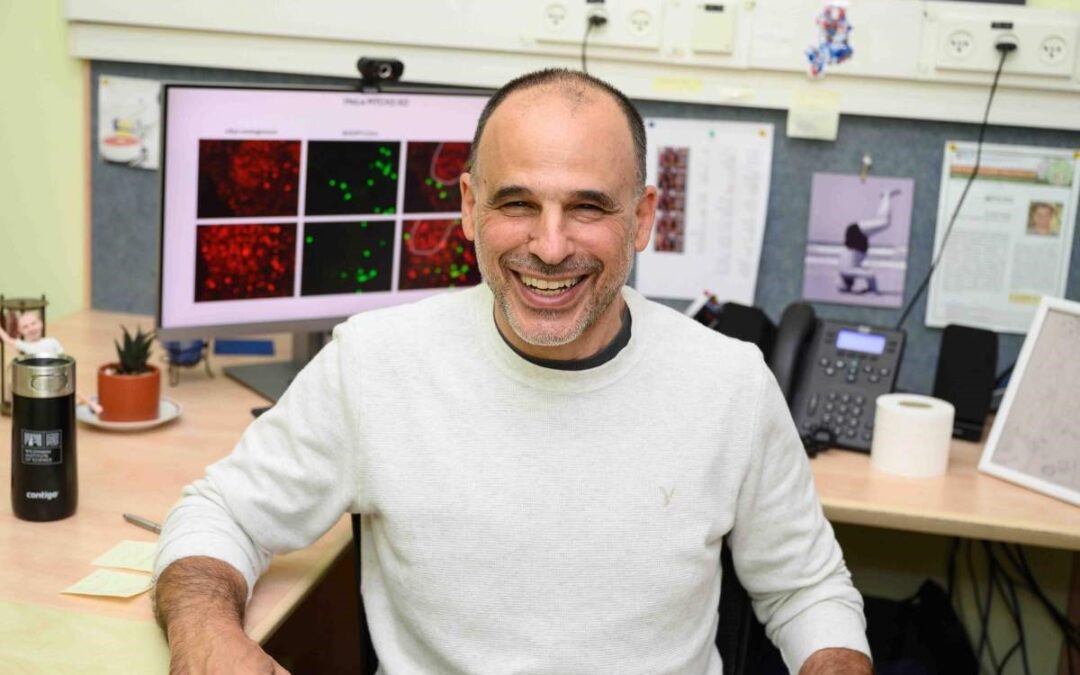When observing ants in a group it is easy to see that they work as a team, but how they work has always been a question. Now new research from the Weizmann Institute of Science in Israel has the answer, especially in relation to ant food transportation.
Published in Nature Communications (30 July 2015) the findings reveal how a mixture of individual and group behavioural processes are used to pick up a food object and take it to the ants’ nest.
Using video as an observation tool, Dr Ofer Feinerman and his group at the Institute’s Physics of Complex Systems Department saw that when ants found a piece of food their strategy was to surround it, with a group at the back lifting and those nearest the nest, pulling. They also found that the more ants involved, the faster they could move. The question was how they managed to move the piece of food to the nest without it being a mere tug of war as overall, although there were some wrong turns and corrections, the food always travelled towards the nest.
Ultimately what the researchers observed was teamwork and cooperation. Individual ants would carry for a while then new ants would come and replace them. The change made the remaining carriers a little confused so the direction would waver but then the new ants would ensure they got back on target. They also saw that the newly attached ants lead for about 10-20 seconds but were quick to relinquish control if they lost their ‘informational’ bearings.
To help categorise this behaviour Prof. Nir Gov of the Weizmann Institute’s Chemical Physics Department developed a mathematical model for the group. The model highlighted that the ‘non-informed’ ants had an intermediate level of conformism and the ‘well informed’ ants took on the job of steering the load. Ultimately the model showed how conformism and individuality helped the ants coordinate the job and adjust their direction as required.
Dr Feinerman said the study provides important information about the role of individuality within a group of social animals.
“In this system, the wisdom does not come from crowds. Rather, some individuals supply the ‘brains’ and the role of the group is to amplify the ‘muscle’ power of savvy individuals so they can actually move the load.”










